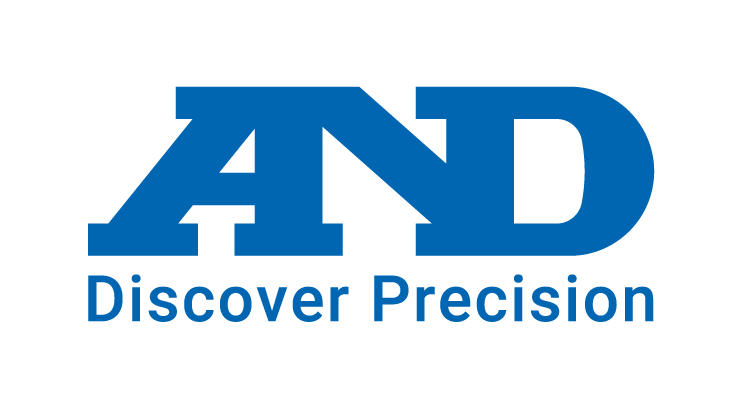We have developed high precision weighing sensors, the AD-4212C Series, that satisfy the requirements of production line systems.
While the economy in Japan has long been struggling, certain market segments, albeit not many, continue to grow. These include the industries of primary and secondary batteries, solar batteries, flat panel displays (FPD), and light emitting diode (LED) lighting. These growing markets are linked to environmental issues and predicted to maintain a high growth rate into the future.
In a growth industry, development of products that offer something new is always a focus of attention. At the same time, however, it is important to consider how to ensure quality, which influences both product performance and productivity. For lithium-ion secondary batteries in particular, the quantity of encapsulated electrolyte greatly influences performance in various ways. Likewise, controlling the quantities of resist-ink injected into panels, resin used for coating, adhesive, and solder paste in production lines is considered increasingly important.
Consequently, such production lines require compact weighing instruments that are highly precise, responsive, durable, as well as resistant to dirt. The AD-4212C Series was planned and developed as a product that can satisfy all these requirements for production line systems. Specifically, the weighing sensor has a width of 59 mm, so that a pitch of 30 mm is possible when aligned in two rows, head to head. As an example of its responsiveness, the model with 600 g capacity and 1 mg division (1/600,000 resolution) has a stabilization speed of 0.5 sec., currently the fastest in the world for this kind of range. Furthermore, the product is protected against dust and water at the IP65 level (meaning it withstands water jetting from any direction), another aspect unique to A&D for weighing instruments with a sensitivity of 1 mg. As for endurance, it has withstood 1,000 repeated measurements in our on-going endurance test, and our goal is to achieve 100 million repeated measurements, which will take about two years. Since the AD-4212C Series is meant to be installed and used with multiple units in concentration, we adopted the form of an electromagnetic digital load cell (EM-DLC) so that digital weighing data is output directly from the weighing sensor. In addition, we set up CC-Link and BCD output options using a special remote controller, the AD-8923.
In order to realize the many specification targets set for the AD-4212C Series, we had to solve a number of difficult problems: (1) optimizing the mass sensor (hardware), electric circuits, and control software to obtain an ultra-fast response, which is a feature of the electromagnetic sensor, (2) installing a shock absorber in a narrow space to heighten durability, (3) decreasing the width of the Compact Super Hybrid Sensor (C-SHS), which is used in our existing precision balances, (4) placing a diaphragm for waterproofing around the pan-support boss, and (5) internalizing all the electric circuits into the weighing sensor. It was particularly difficult to place a diaphragm around the pan-support boss while still attaining a sensitivity of 1 mg to achieve the contradictory goals of high environmental resistance (against dirt) and high precision. By reconciling these two conflicting factors, the AD-4212C Series defies the conventional wisdom of the weighing instrument industry.
We hope that the AD-4212C Series will be useful not only for automatic manufacturing machines, but also for applications under special environments such as a vacuum, help improve the quality and productivity of components for devices that reduce CO2, and become a tool to advance technologies in new fields in future industries.


